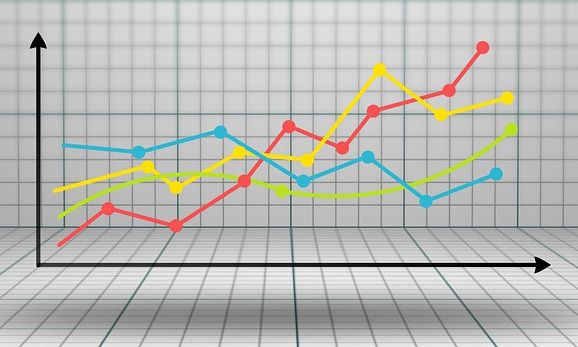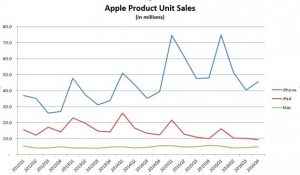In business journalism, statistics may not be second nature to all reporters, but they are a constant companion and it’s necessary to understand them.
You might turn to the mean—average—or median, the middle number in a range. You’ll notice one or the other, but generally not both, in data you get from the Bureau of Labor Statistics, for example.
Typically, you’d want both mean and median when discussing statistics for a better understanding. But that presumes there’s a relatively normal distribution, like a bell curve. That’s not necessarily the case. And that’s why you should always, if possible, get a visualization of the data in question.
It can take a lot to properly describe information. What would seem to be a definitive set of numbers can actually describe very different data. It’s a good idea to keep in mind how different distributions are.
One example, called Anscombe’s quartet, takes four different sets of 11 points each. Each set has similar means among the x-values and y-values. Other descriptive aspects are the same. But if you look at the plot for each, they look quite different.
There is another example created by two researchers at Autodesk. Download and read the paper, which discusses how the data sets were generated. Then look through the collection of data plottings. One is a scattering of points all over the plane. Another is a star, different sets of diagonal lines, crossed lines, circles, and vertical and horizontal lines. And then there is this one, provided by Alberto Cairo, a professor of visual journalism at the University of Miami.
Again, all of these share the same characteristics. You can’t take a single aspect, or even several, and be sure that you’ve got a good picture of what’s going on.












